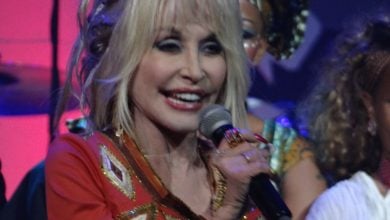Financial Success Despite Reduced Attendance
Disney Parks reported impressive financial results this quarter, showcasing record revenue figures. During a recent earnings call, Disney CFO Hugh Johnston revealed that the Disney Experiences Division generated over $9 billion, reflecting an eight percent annual increase. This robust performance also included a remarkable $2.5 billion operating income, indicating solid fiscal health.

Despite these successes, Disney’s international parks have not fared as well, experiencing declines in attendance. In stark contrast, attendance at Disneyland and Disney World has seen a slight uptick, partly driven by increased guest spending per capita. Johnston noted that while overall traffic may have increased minimally, the overall spending by each visitor has significantly escalated.
Luxury Focus: Pricing Out Average Guests
Johnston’s comments have sparked discussions regarding the luxury focus at Disney Parks, which appears to cater increasingly to affluent visitors. The data support a narrative where fewer guests who can afford the rising prices frequent the parks, leading to a skewed economic model. Disney has consistently introduced add-ons and premium experiences such as Lightning Lane, VIP tours, and exclusive dining options, all of which have contributed to increased per capita spending.

This disparity raises concerns among fans and average visitors, who are priced out of unique experiences. Many families are now questioning whether they can afford Disneyland or Disney World trips as the costs of accessing basic amenities and experiences continue to climb.
Consumer Behavior: Insight into Spending Habits
As prices soar, there is a growing concern regarding consumer behavior toward spending at Disney Parks. Reports indicate that a quarter of park-goers are now incurring debt to fund their trips. Even more alarming is that nearly half of the families with young children feel the financial strain to visit these beloved destinations.

Disney’s narrative, as articulated by Johnston, hints at a sense of economic well-being among consumers.
However, this perception seems to contrast sharply with the financial reality many families face due to the high costs of visiting Disney World and Disneyland. Guests increasingly feel pressured to manage their budgets while attempting to create memorable experiences for their families.
Future Implications for Disney’s Business Model
Looking ahead, observers wonder about the long-term implications of Disney’s current pricing strategies. With escalating costs for food, experiences, and souvenirs, further price hikes seem inevitable. Johnston’s acknowledgment of increased guest spending raises questions about the sustainability of this model, especially when balancing profit with fan accessibility.

Should Disney continue to focus on affluent visitors, loyal fans may voice dissatisfaction over being excluded from the Disney experience due to prohibitive prices. This potential backlash from families traditionally frequenting the parks could hinder Disney’s reputation as the “Happiest Place on Earth.”
As Disney navigates these challenges, its ongoing success will depend on balancing nurturing its profit-driven initiatives and remaining inclusive to its cherished fan base. Visions of a Disney experience should encompass not just luxury but also the magic that families have enjoyed for generations, as they participate in the enchantment of Disney World and Disneyland.





